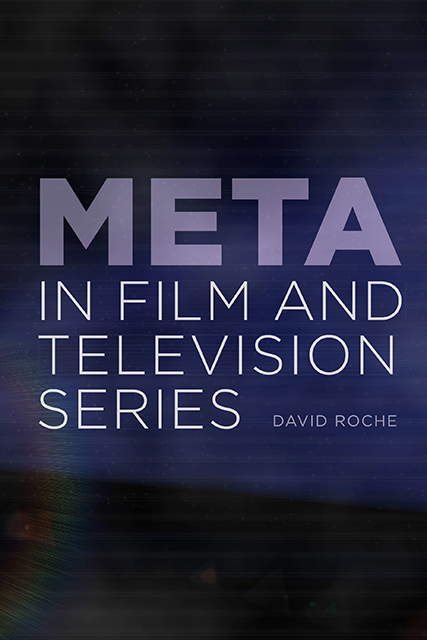Chapter 2 - How Does Meta Work?
Published online by Cambridge University Press: 26 October 2023
Summary
TYPOLOGIES OF METAFICTION, METAREFERENCE, METACINEMA, ETC.
The question “How does metafiction or metacinema work?” has often been understood as, and thus subsumed by, the question “What are the formal devices it resorts to?” It is this question that has justified the typological approaches that have dominated the study of reflexivity and meta-phenomena like the mise en abyme. This can at least partly be accounted for by the history of theory in the humanities. Writing in the 1980s, Metz, Hutcheon, and, albeit to a lesser extent, Waugh and Stam employed a methodology influenced by their structuralist contemporaries or predecessors (Gérard Genette, Michael Riffaterre among others) by attempting to classify common devices or trends in literary metafiction (Hutcheon, Waugh), anti-illusionist cinema and literature (Stam) or cinematic reflexivity in general (Metz). More recent typologies have striven to refine and update our understanding of the various modes of reflexivity, thus consciously or not pursuing the structuralist project. Like many of my predecessors, in this chapter at least, I propose to elaborate a theory of meta based on previous writings, and like Hutcheon, I will attempt to answer the question of how meta operates. But instead of attempting to identify and classify the forms meta-phenomena may take, an approach which tends to collapse meta-phenomena with reflexive devices in general, I would like to build on what I feel is actually one of Hutcheon’s most productive insights: the idea that metafiction needs to be “actualized” or “concretized” by an audience. I argue that the answer to the question “How does meta operate?” lies not just in the devices employed, but, more importantly, in how we make sense of these devices, how we interpret them and end up elaborating a metacommentary. Meta is thus, at least in part, a matter of reception. I will first try and elaborate this theory through a discussion of several typologies of meta-phenomena, starting with what I believe to be the two most significant, Hutcheon’s typology of metafiction and Wolf’s typology of metareference.
In her 1980 Narcissistic Narrative: The Metafictional Paradox, Linda Hutcheon presented two sets of binaries—diegetic and linguistic metafiction on the one hand, overt and covert metafiction on the other—which could then be productively combined in a “four-part system.”
- Type
- Chapter
- Information
- Meta in Film and Television Series , pp. 19 - 34Publisher: Edinburgh University PressPrint publication year: 2022



